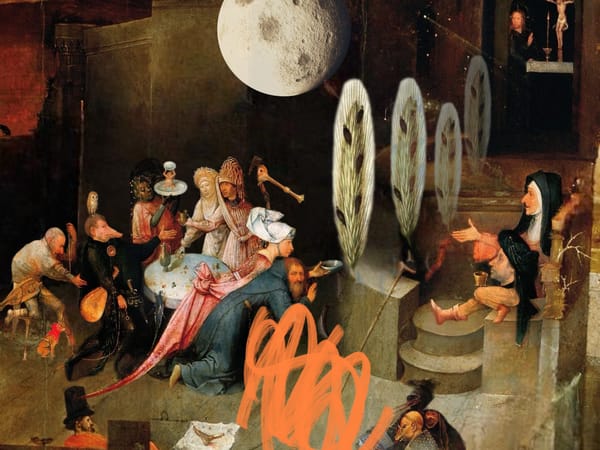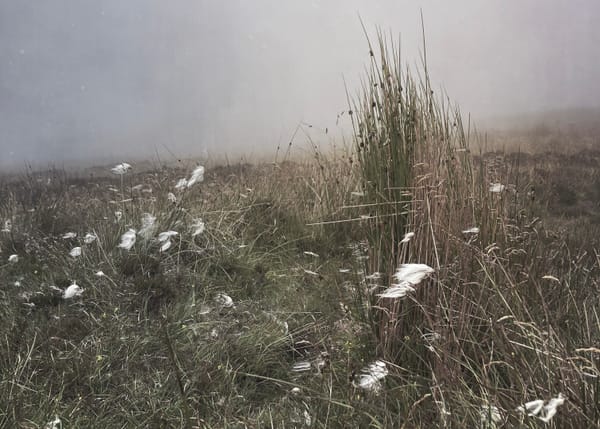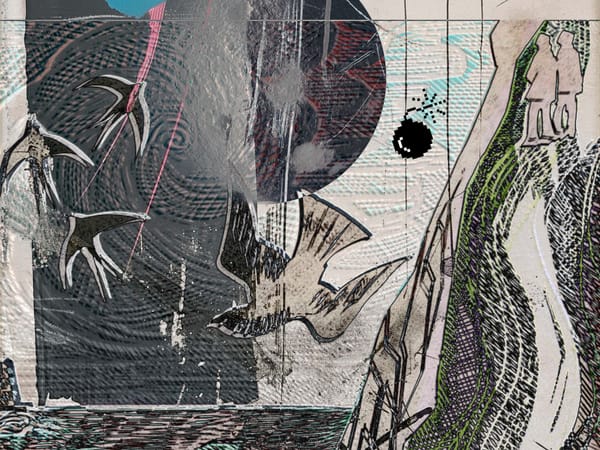LUMINARY-ESTUARY-OSSUARY
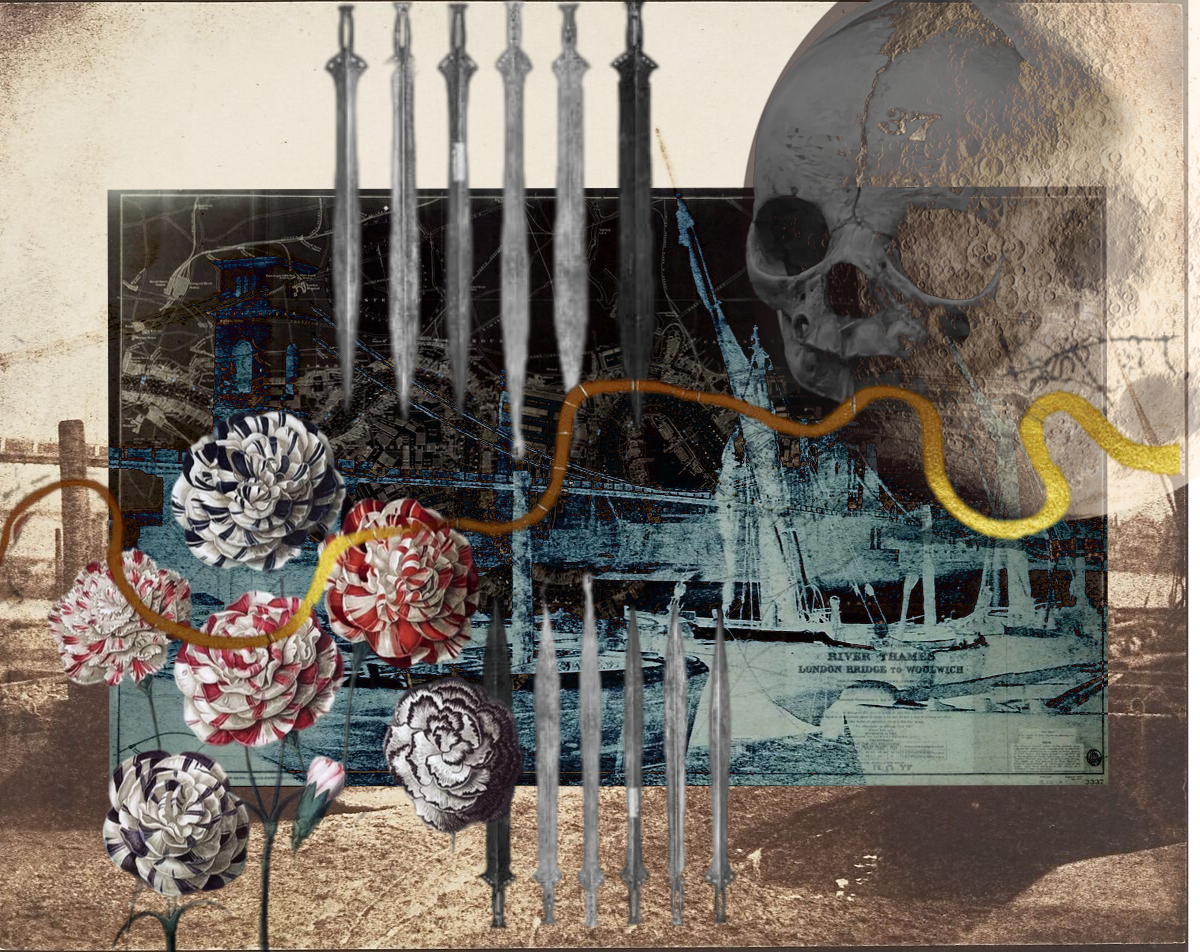
--a full circle offering at the full moon--
This post was originally written twenty years ago for my Livejournal blog. The Hungerford Bridge is a liminal space over the 'longest archeological site in the UK'–the river Thames.* This is part of an ongoing series on ossuaries of a kind.
Since moving to London, I have returned to the Hungerford Bridge over and over. I don't know why I do it, it is beyond choosing.
It could be the name–Hunger–a craving or desire, and ford, a spot in a river where one can cross without losing one's footing. Hungerford is my insatiable crossing.** Hungerford brings the chthonic energy of the trains above the river, rumbling beside the spindly pedestrian bridge. It casts colourless light over the black river; the water becomes an opaque mass where nothing floats for long.
I have come to a city where history is dredged. Where a river offers swords and skulls to those who look back. The Museum of London's prehistoric cases are full of these objects thrown into the river to appease it. [In 2019 a 5,000 year old Neolithic skull was found by mudlarkers.]
All violence is sacrificial, especially when it is a means to eat, though we have mostly forgotten this. We consume habitually, without ritual. The banks of the Thames are now littered with the bones of factory farmed chicken, plastic trays, bottles from forgettable meals, and Stella cans.
Hunger ford. I walk up the shining steel steps, catching glimpses of lorries passing below. I walk over them, the banister rain-wet, useless, so I bound up. Those descending beside me curse the weather, but I love it. The wind takes me up and over, the rain comes in hard little drops. I could be a ghost returning, re-turning the corner toward familiar water. People bundled and hooded, struggling with umbrellas, pass me. A tourist with the wind at her back takes a picture of the south bank.
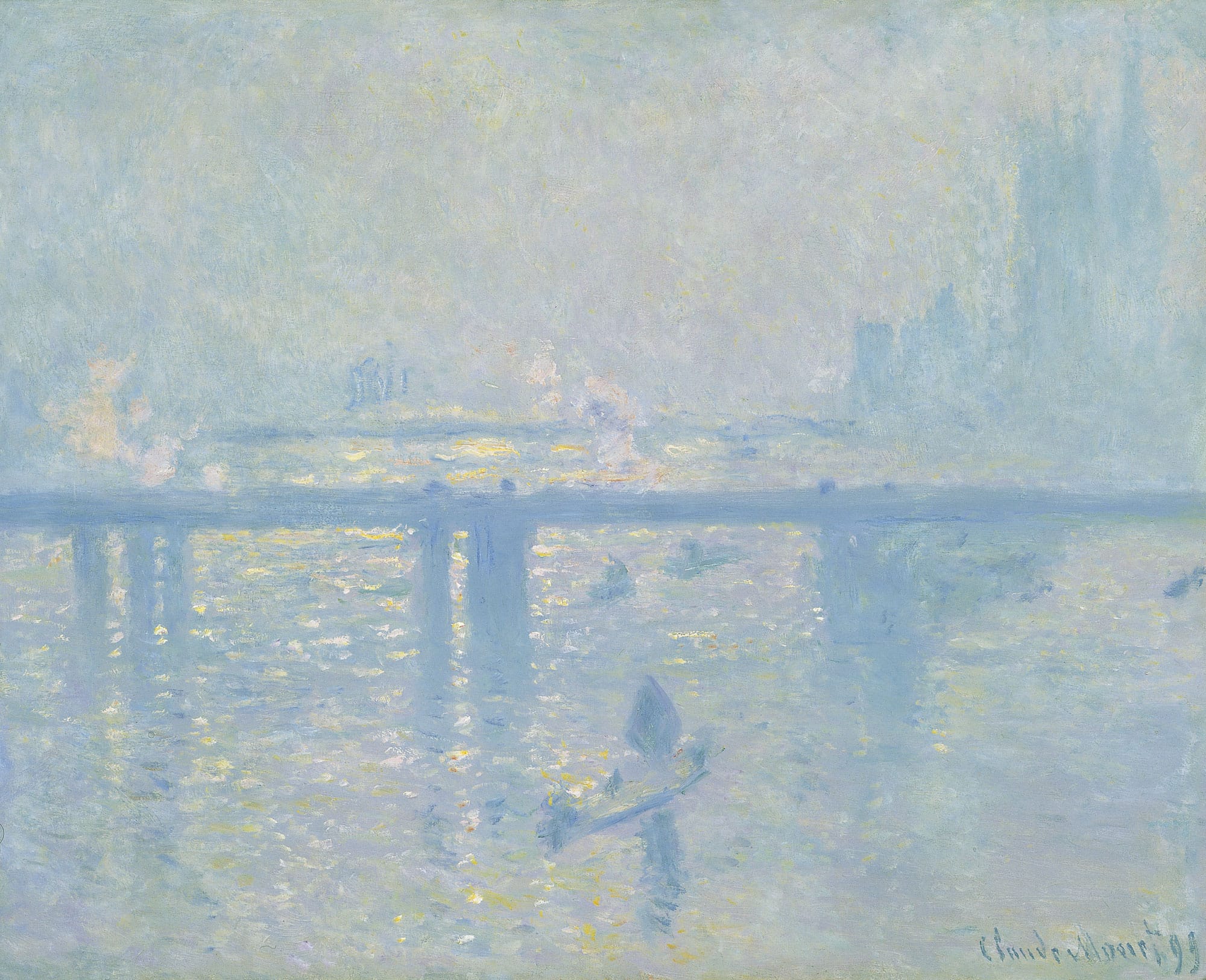
In London there is room for musing, room for muses, a public place full of privacy. I'm almost rid of my self-consciousness. No one notices me standing for too long here in bad weather. No one cares.
Moving moody waters, rivers are usually female, like Anna Liffey in Dublin, a forgotten water goddess writ large in Joyce's Finnegan's Wake. The river is grey-green and winding. It's hair from a Munch vampiress, a hungry nymph.
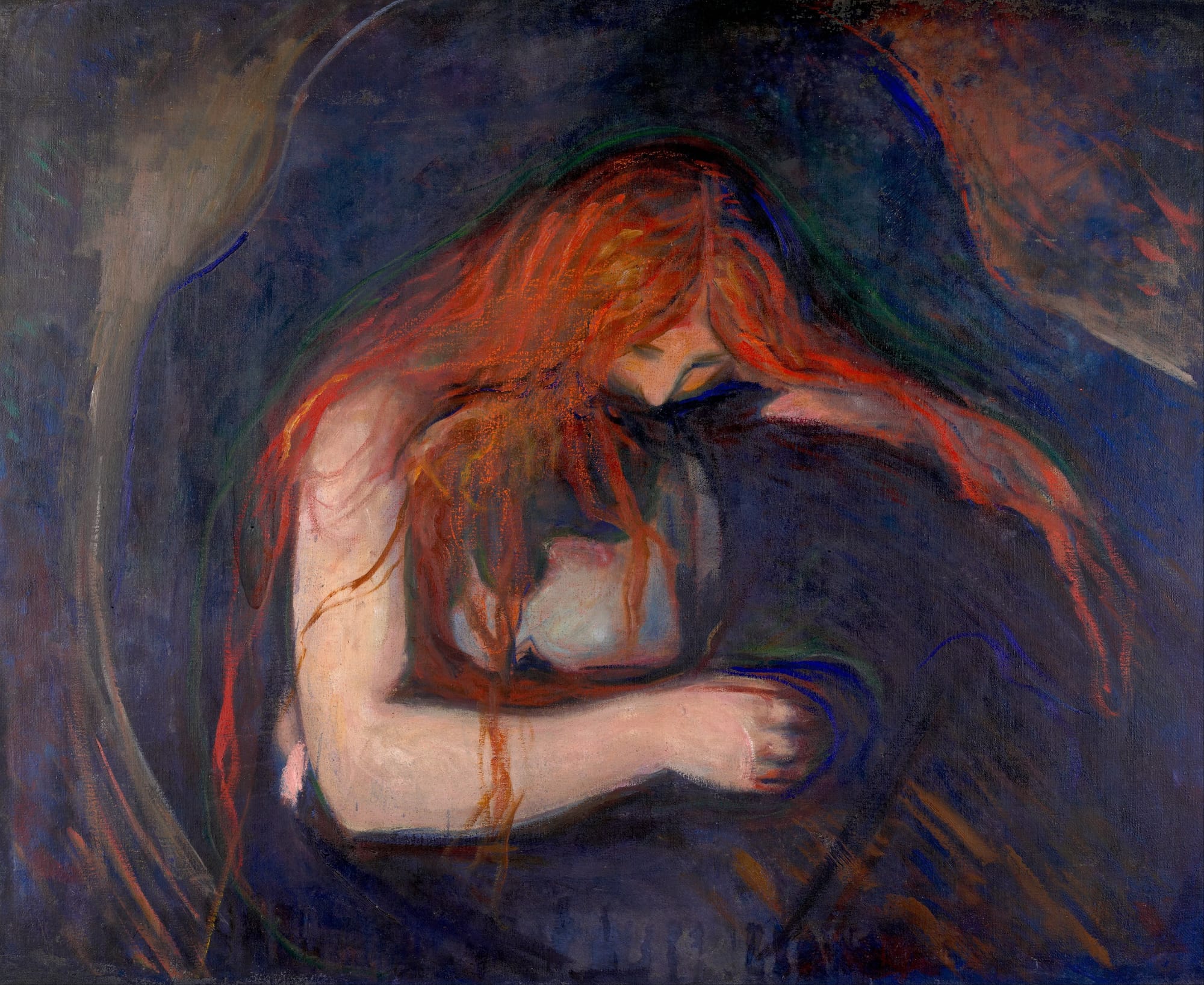
The Thames is genderless, defying anthropomorphic reductions.
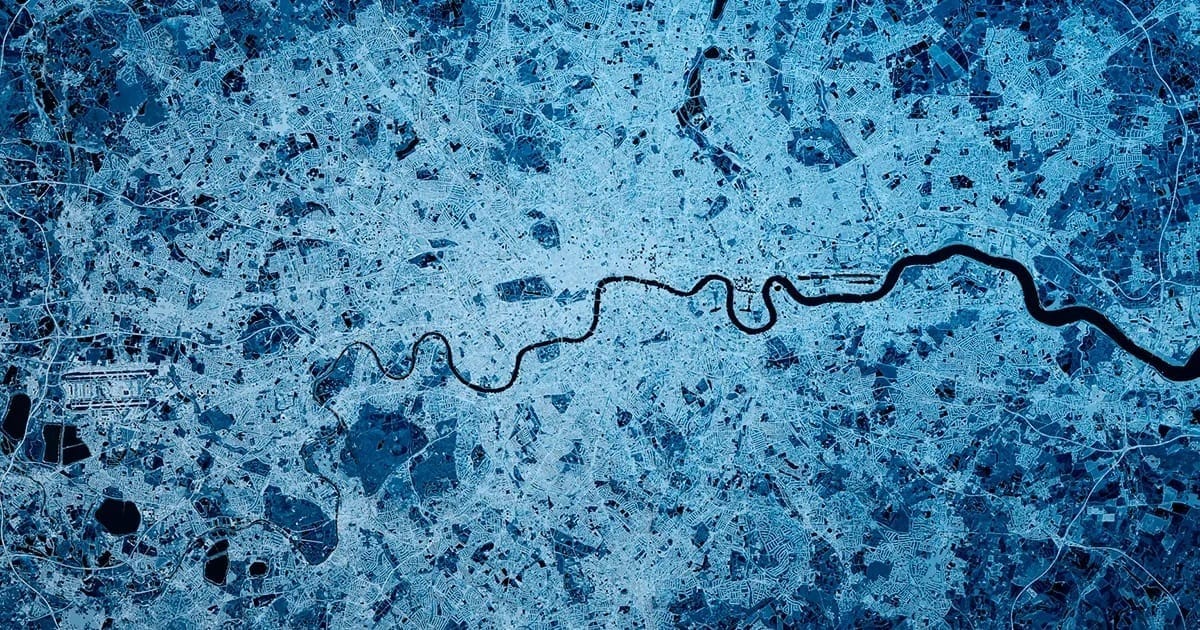
The river from space–the squiggle from the title shot of East Enders, it punctuates the galleries of the Museum of London, a crooked tattoo by which people place themselves here, burned into my memory as the open-ended sigil on the tube map. The river in my pocket. [The post was written before mobile phones, when people navigated the city using a pocket map called an A to Z.]
Memento Mori.
It's impossible to look into the Thames from the Hungerford crossing and not see death, suicide, sacrifice, and endings, as in the Jacques Brell song:
On the bridge of nevermore
They disappear one by one
Disappear without a sound
The desperate ones***
On this windy night I stay for too long looking down. A boat loaded with tourists passes beneath, lingering and banal, breaking the spell.
None shall pass!****
I am the troll-wife here.
This ford is mine.
--You lot!--
Make an offer–
a shilling, a sword, a skull.
**Not to be a buzzkill or anything, but I'm actually crossing the Golden Jubilee footbridge here. The Hungerford Bridge is the railway bridge.
***My favourite version of the Jacques Brel standard, by post-punk queen Lydia Lunch and New Orleans crooner Glyn Styler.
****IYKYK


